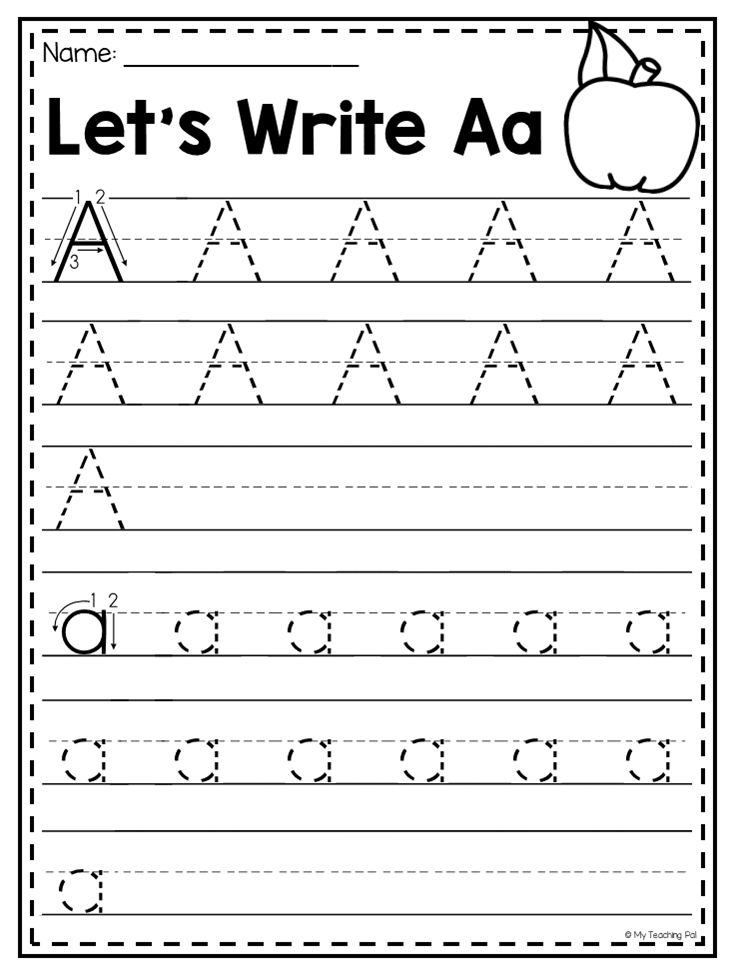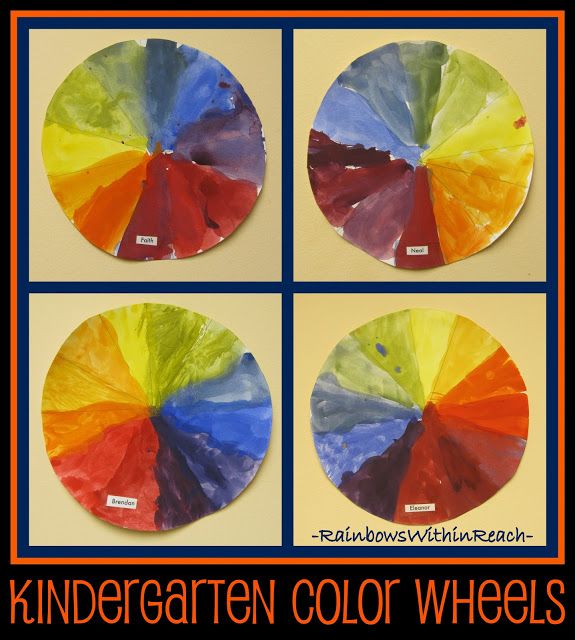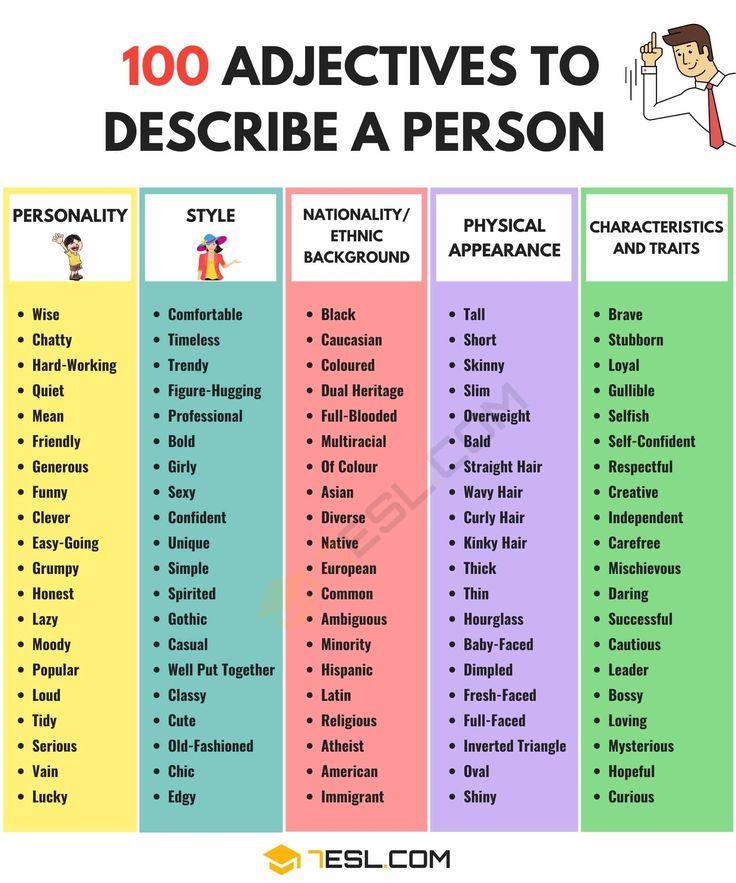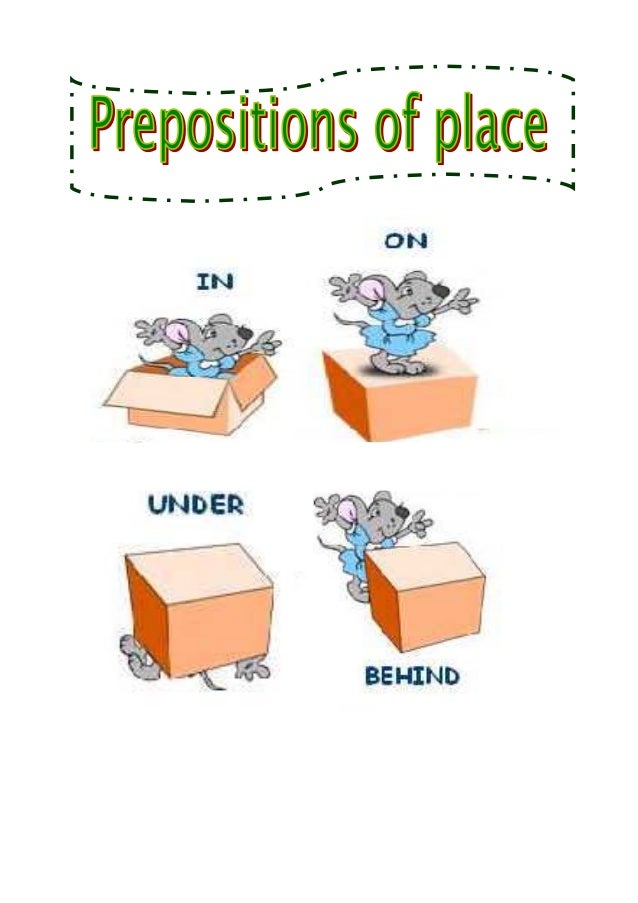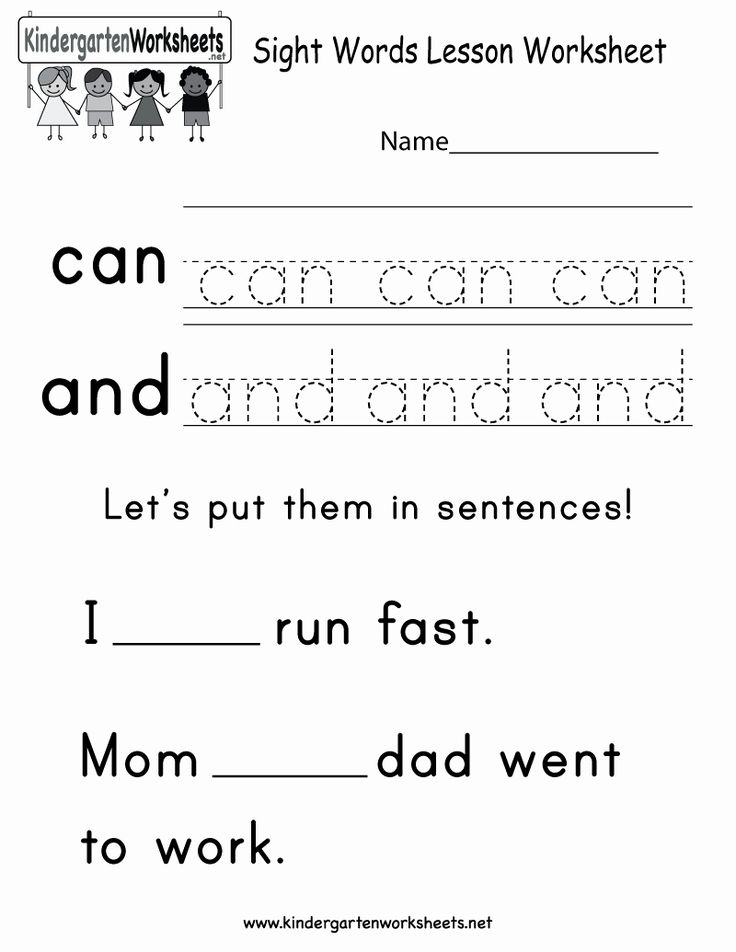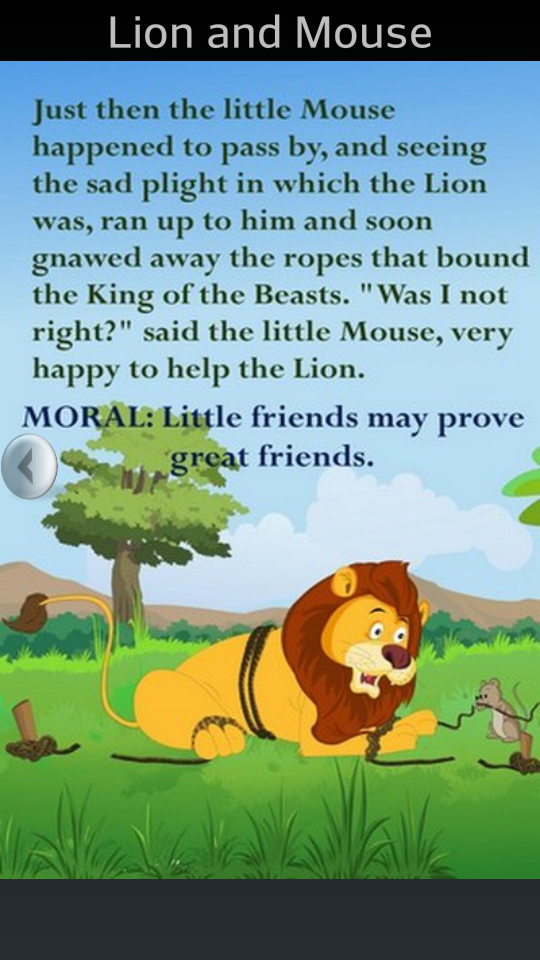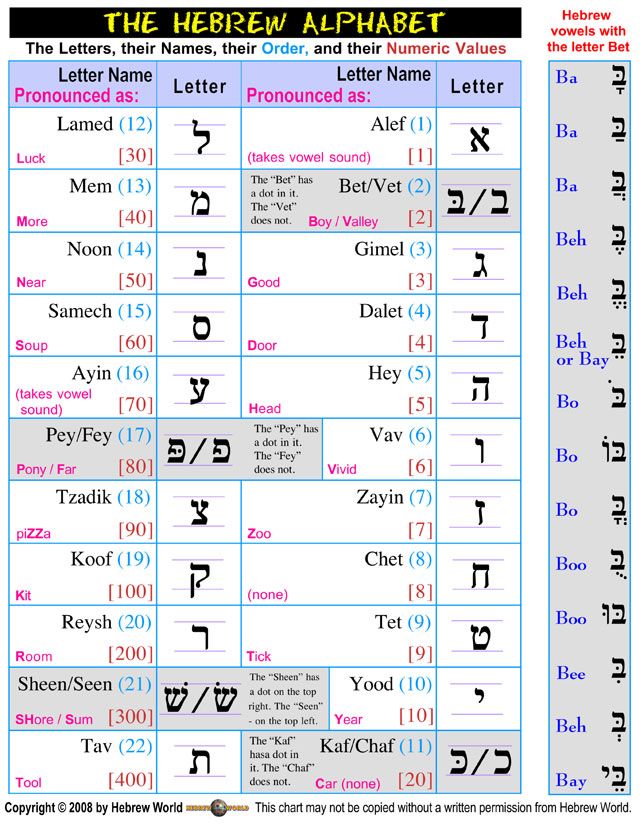How to test reading age
How To Determine Your Child’s Reading Level And Choose The Best Books
When you sit down to read a book, you want to enjoy the story in front of you. The same is true for your child. That’s why uncovering your child’s reading level is an important step in fostering their love of words from a young age!
Consider the different factors that allow kids to enjoy the books they read. For example, does it tie into their interests, and is it slated as an appropriate option for their level? By answering these questions, you can make sure they’re reading books that are just right for them!
If your child is in school, you’re probably no stranger to jargon like “reading level.” But what exactly does Lexile Framework, Guided Reading Levels (GRL), or Developmental Reading Assessment (DRA) actually mean?
Additionally, if your child is just starting to read on their own (or already reading independently) and is learning from home, how can you figure out what reading level is right for them? If any of these thoughts have crossed your mind, you’ve come to the right place.
We’re here to answer your questions so you and your child can sit down and enjoy a good book together!
What Is A Reading Level?
A reading level is simply a measure of your child’s ability to read text. It reflects how well your little one can read independently. Importantly, reading levels help you choose books that are a good match for your child while still presenting a challenge.
Keep in mind these levels are meant to be helpful, not stressful. They don’t limit your child, but, rather, help them blossom into a fluent, excited reader.
When your child reads books that are appropriate for their current reading level, it boosts their confidence so they can truly enjoy reading! Also, knowing what level your child is at allows you to work with them to improve their skills.
That being said, it’s important to remember that children are unique and develop differently. Comparing your child to their peers isn’t necessarily the best approach when trying to assess their reading ability.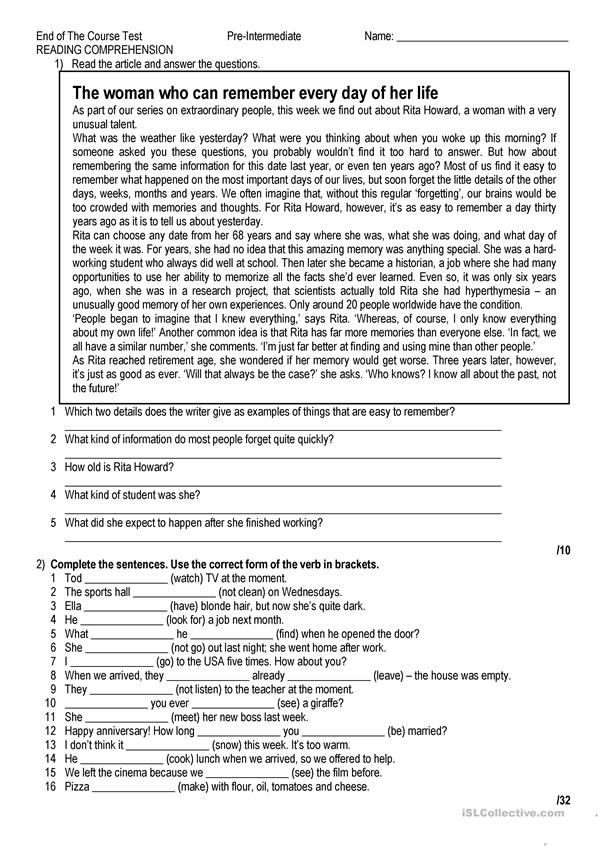
Why Is Determining Reading Level Important?
It’s helpful to determine your child’s reading level so you can find books that are appropriate for them to read on their own: not too difficult but challenging enough to encourage growth.
Reading level classification is a convenient tool you can use when searching online or at the library. And when you provide books that are on your child’s level, you create excitement and build their confidence, which can lead to a lifetime love of learning and reading!
If you’re looking for ways to help your little one read at the best level for them, Our new app HOMER Learn & Grow has a Stories section that gives age-appropriate story recommendations!
This is a great resource that takes your child’s specific interests and recommends stories just for them. What’s more, your child can choose to read along or read on their own.
How Is Your Child’s Reading Level Measured?
Your child’s reading level is usually measured at their school in first or second grade, and we’ll show you how that’s done.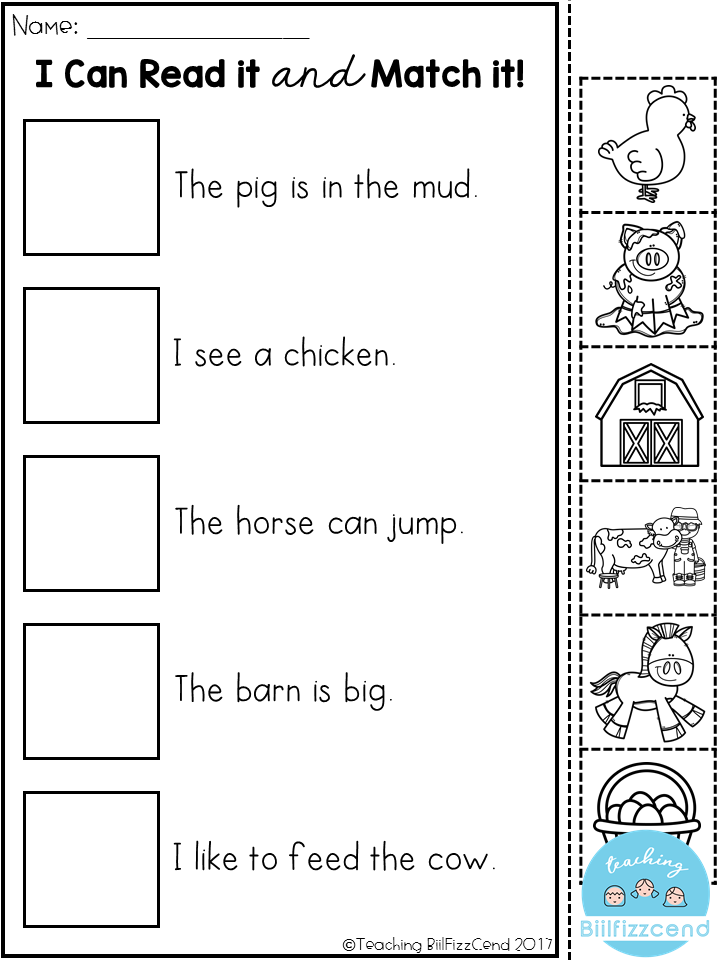 Here’s a tip: since your child’s teacher knows their reading level, consider asking the teacher (or the school librarian) for books your child can read at home.
Here’s a tip: since your child’s teacher knows their reading level, consider asking the teacher (or the school librarian) for books your child can read at home.
Don’t worry if your child isn’t in school yet or if they’re homeschooled. We’ll show you how you can measure their reading level at home, too!
Before we dive in, it’s important to note that we think of books for kids at three levels: independent reading, instructional reading, and frustrating to read.
As the names indicate, independent reading books are ones a child can read with ease and without support from an adult.
Instructional ones are the books just above independent that teachers might use to stretch a child’s reading as they offer support while the child makes that next step. Finally, frustrating books are too hard for a child to read even with adult guidance.
Now that you have an idea of how to think of the different books your child might encounter, let’s talk about the tools used for determining or describing reading levels.
Lexile Framework For Reading
Lexile Framework For Reading is an educational tool that ranks books by order of their difficulty using a scale called a Lexile. Usually, your child’s teacher will determine their Lexile reading level and then choose books that have a matching score.
The Lexile score, or measure, describes your child’s reading ability and matches them with books and other reading materials. This measure ranges anywhere from 0L to 2000L.
Kids are encouraged to read within their Lexile “range” — 50L above to 100L below their actual level. For instance, if your little one is reading with a Lexile measure of 500L, they would read books ranging anywhere from 400L to 550L.
Using standardized assessments, schools will often measure a child’s reading level several times a year to help them select books that are appropriate for independent reading.
Guided Reading Levels (GRL)
GRL is a guided reading system used in some schools.
To determine reading levels using GRL, children sit one-on-one with their teacher and read from a book that’s considered standard for their grade level — a “benchmark” book.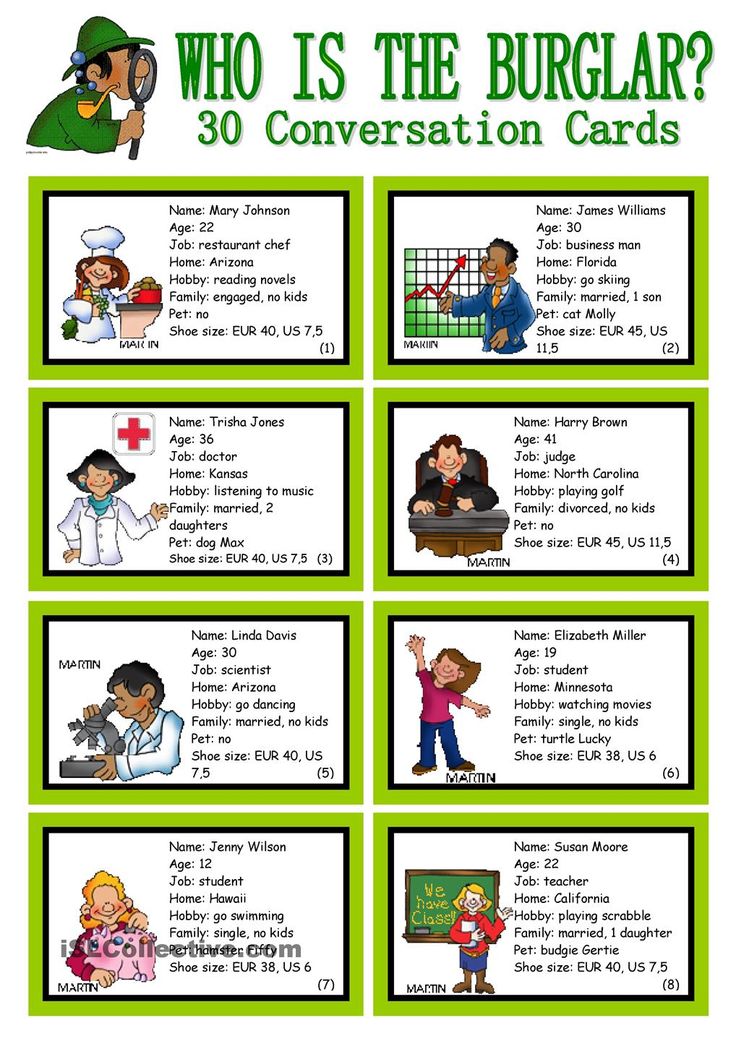 GRL books range from A to Z with A being the easiest.
GRL books range from A to Z with A being the easiest.
While reading these books, the teacher will take notes on any missed words and ask comprehension questions, such as, “When did the story take place?” or, “What was the problem in the story?”.
Through guided instruction, the teacher will gradually move children into more difficult books.
Developmental Reading Assessment (DRA)
DRA is a standardized reading test given by teachers or reading specialists. As with GRL, children sit individually with the test administrator and read a book.
Several factors are taken into consideration to determine reading level, including:
- Reading comprehension
- Phonemic awareness
- Fluency
DRA books are labeled with an A for the easiest books and then move into a numerical grading system. The levels range from 1 to 80 with 1-3 representing a kindergarten reading level and 80 representing an eighth-grade reading level.
Once a child has a DRA or a GRL level, a teacher or parent can search for the reading level of any particular book and can usually discover either the Lexile, DRA, or GRL of that particular text.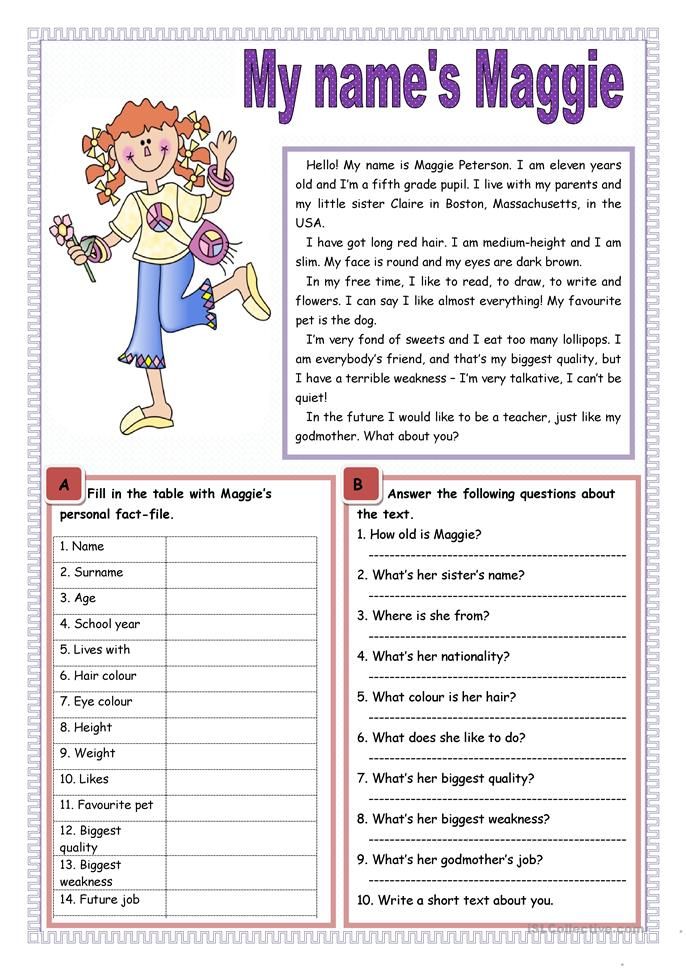 Here’s a chart for your reference.
Here’s a chart for your reference.
At-Home Reading Levels
If you’re looking for a way to find out your child’s reading level without using any of the methods listed above, you might try the five-finger rule.
For the five-finger rule, choose a book and flip to any page. If your child seems to have trouble reading more than five words on the page, it’s a good indicator that the book is too advanced for them.
To be sure, though, you can have your child try another page, especially if they seem eager to read a particular book.
This can be a helpful strategy, but it’s OK to let your child try a book and see how the reading goes. If a book is too hard, most kids will figure that out — and there is nothing wrong with reading books that are too easy!
Sometimes a child may be interested in a book that’s a little too hard for them. If this happens, we encourage you to read aloud to your child. You can also read together by alternating pages, paragraphs, or sentences.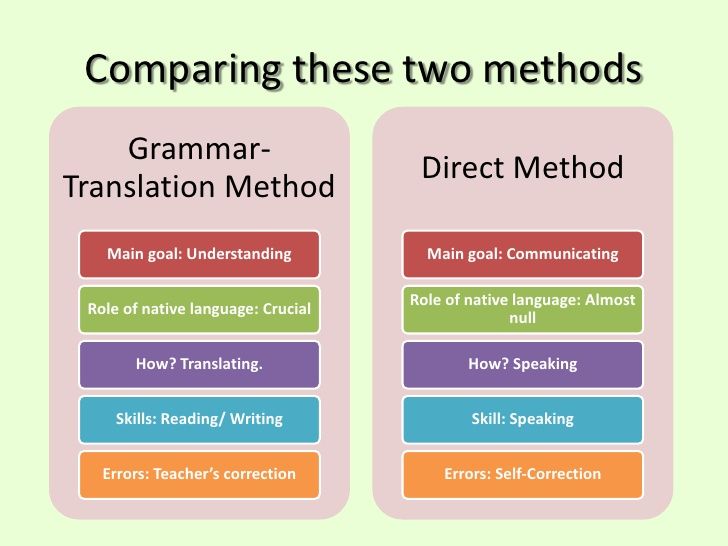
It’s important not to completely avoid books that may be a little above your child’s reading level.
Even if your child struggles a bit to read them without assistance, these books can still be beneficial in helping build their vocabulary, improve comprehension, and increase general knowledge — not to mention, encourage their love of reading!
When your emerging reader seems overwhelmed by one book, you can always give the five-finger rule a try with other books until you find the right match. And if your child is particularly interested in a topic, you can always read the book to them and stop on words you know they can read.
Also remember that when a child is really enjoying a book and highly motivated to read it, they will read at a higher level than if the material is not as interesting to them.
Tip: Most libraries and bookstores have books arranged by reading level so you can easily choose the best one for your emerging reader!
Feel free to ask librarians and knowledgeable staff at bookstores to offer suggestions. You could even say something like, “My child happily read a Clifford book; can you suggest others at the same level?”
You could even say something like, “My child happily read a Clifford book; can you suggest others at the same level?”
How To Help Your Child Become A Stronger Reader
As we mentioned earlier, you can easily determine your child’s reading level at home so that you can help them choose books that are just right! We suggest incorporating some of the tips below to help your child become a stronger reader.
Start With Clues
- Is your child using “sounding out” techniques to figure out unknown words?
- When your child reads, are they getting tripped up by sight words — common words that are hard to sound out?
- Is your child using pictures to help them understand what is written on the page?
- Is your child using context clues to figure out what word makes sense to come next as they read sentences?
Check Vocabulary
- Play games with your child to see what words they know. For example, say a sentence and point out one word in the sentence.
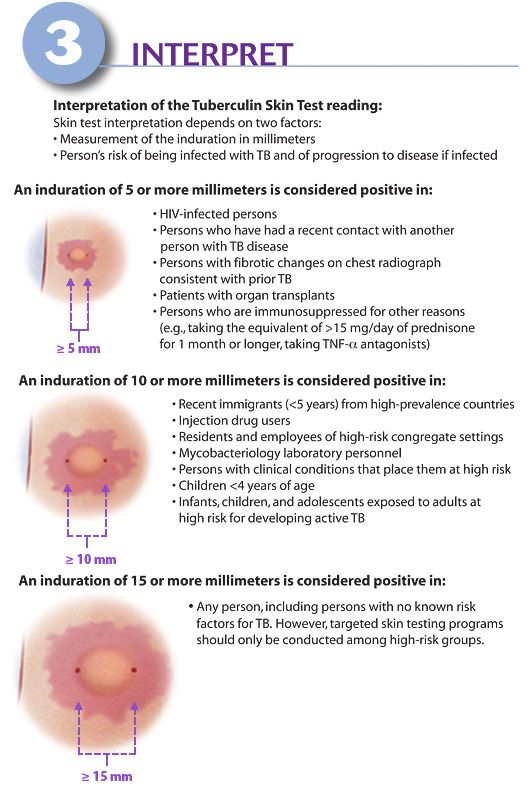 Then ask them if they can come up with a different word (synonym).
Then ask them if they can come up with a different word (synonym). - Play synonym games to see what words your child knows. For example, challenge yourselves to think of 10 or more ways to describe speaking (shout, whisper, mumble).
While you’re talking with your child, describe something specific from your day. Make sure to use interesting adjectives, and don’t hold back from using sophisticated vocabulary when talking with your child.
You can help your child’s vocabulary grow through day-to-day conversations and activities!
Ask Comprehension Questions
Understanding what they read is an important part of your child’s reading journey.
- To check for reading comprehension, we suggest pausing every other page to talk about what you’ve just read. Make this a natural reaction to the story, like you’re thinking aloud about the story or characters, so that it doesn’t feel like a test.
- Consider encouraging your child to act out and retell the story (for younger children).

- Try discussing themes/lessons with your child (for older children). Remember: this isn’t a test, but a conversation between book lovers!
Talk To Your Child
When most people implement strategies to help their children improve their reading skills, they often forget about the importance of verbal communication. It’s essential to talk to your child frequently in short and simple sentences.
This includes singing songs, telling them wonderful stories, reciting fun nursery rhymes, and describing the world around them. All of this exposes children to lots of different words. It also helps them learn that language is a powerful tool for communication.
Discover Your Child’s Favorite Books
- Children often choose books that are a little below their actual reading level. At home, this is a good thing. It keeps reading fun and exciting!
- We recommend choosing books that interest your child — with a certain character or activity they like — so they’re curious and excited about reading.

Reading books your child enjoys together can encourage their love of reading. And letting them read those same books to you can boost their confidence over time.
Together, these two activities increase your child’s fluency and reading enjoyment!
Create A Reading Corner
Establishing a reading corner in your house can benefit your child. The setup doesn’t need to be elaborate. This can be a simple, quiet, private area where your child can confidently read independently or with you.
It’s also great for the spot to be well-lit and filled with lots of books your child enjoys reading.
Is Reading The Same Book Over And Over OK?
Just like you might pick up an old favorite book to read, your child may do the same, and that’s OK! At least you know they’re enjoying a good book and the process of reading!
Rereading books can have many benefits for a child, including:
It allows children to get more from the text. Have you ever developed a deeper understanding of a story after rereading it? That’s because the more you engage with a story, the more you can take away from it.
You can pick up on new information, establish connections between yourself and some of the characters, and even improve your understanding of the overall story.
Similarly, allowing your child to read their favorite books for the second, third, fourth (or more) time will enable them to get more from the story.
It also allows for bonding. Did you know that rereading books can help bring your family closer together?
Many of us remember a couple of books that our family read together regularly. This can be a holiday book or a favorite story. Rereading is a great way to get the whole family involved, as everyone can take turns reading and connecting on the same story.
What’s more, reading familiar books can actually help develop a young reader’s fluency. It allows them to learn the words and helps them become familiar with narrative structure or storylines (i.e. beginning, middle, and end), which builds reading comprehension later on.
So feel free to let your child choose the same book over and over!
FAQs About Reading Levels
What Reading Level Should My Child Be In Each Grade?
It’s challenging to answer this question because each child is different and will naturally develop at their own pace. For example, just because your child’s friend has started reading fluently doesn’t mean your child will be able to do that yet.
For example, just because your child’s friend has started reading fluently doesn’t mean your child will be able to do that yet.
While no parent wants their own child to be a little behind compared to their peers, putting too much pressure on them to “catch up” might actually have an adverse effect. In fact, they might feel overwhelmed by the pressure and develop a negative attitude toward reading.
It’s also important to note that there’s no direct link between a certain Lexile measure and a specific grade level. When using any of the reading level measures we mentioned, remember that they are an estimate of a child’s performance and shouldn’t be interpreted literally.
Also, if you’re really concerned about your young learner’s development, you can always address those concerns with their teacher or another professional. They can offer tips and advice on how to best work with your child.
Finally, remember to be patient and positive no matter what. With lots of time and effort, your child will develop a lifetime love of reading!
Who Can Help Me Choose Books That Match My Child’s Reading Level?
The best place to start is to consult your child’s teacher. They will have the expertise to guide you in buying the right books for your child.
They will have the expertise to guide you in buying the right books for your child.
It’s also possible for you to look up most books online and find their reading levels. Furthermore, for beginner readers, there are publishers who label books in stages with age and/or grade suggestions attached.
If you’re homeschooling, you can also reach out to your local librarian or bookstores. As people who spend each day surrounded by books, they often have knowledge on this topic and may be able to recommend a few relevant books in your child’s reading level.
What If My Child Is Reading At A Lower Level?
The last thing a parent wants to hear is that their child’s reading level isn’t on par with their peers. But what can you do if, from the assessment used at your child’s school, you find out that your young learner is reading below the average grade level?
Firstly, it’s important not to panic. As mentioned earlier, kids develop reading skills at different stages of their development. Some children might be early readers, while others may take time to get there.
Some children might be early readers, while others may take time to get there.
The most effective way to help your child improve their reading level is by continuing to encourage reading at home. While reading, remember to discuss the content to ensure comprehension.
Reading For Fun
From assessments to the five-finger rule, determining reading levels varies across the board. No matter which method you choose, remember these measurements are meant to be helpful and encouraging, not stressful and limiting.
Keep this in mind when assessing your young learner. You don’t want your child to sense any stress about their abilities, as this might overwhelm them and have an adverse effect on how they view reading.
While reading is an essential early learning (and lifelong) skill, you want your child to LOVE reading and not only view it as a test of their intelligence.
At the end of the day, the way reading makes your child feel is more important than their reading level.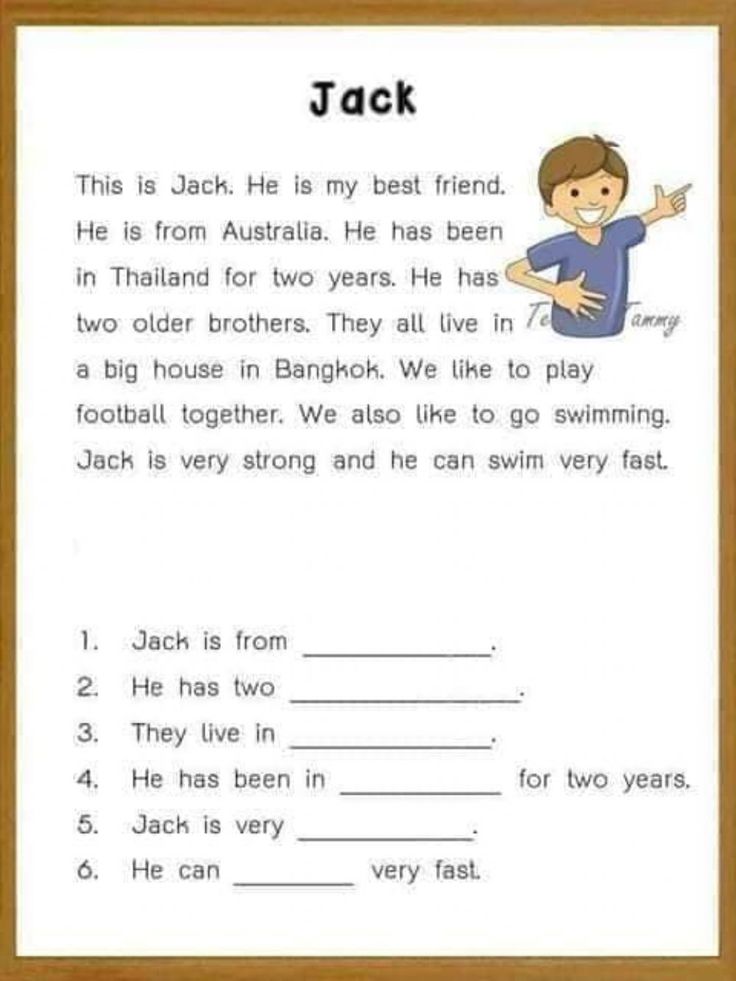 Each child learns in a way that’s special and unique to them.
Each child learns in a way that’s special and unique to them.
The HOMER Road To Reading
The road to discovering how to read can be a fun ride, but sometimes it’s bumpy. This is why we’re more than a learning program. We’re your learning partner.
If you’re looking for a resource to help develop your child’s love of reading and learning, consider taking a look at the HOMER Learn & Grow app. It’s full of stories curated based on your child’s interests!
When your child develops a love for reading, they’ll move up to the next level before you can say “Developmental Reading Assessment”!
Author
Understanding Reading Test Scores | National Council for Special Education
There are a number of important reasons why teachers use tests (see the section titled ‘The Purpose of Assessment’). Teachers are under some pressure to provide information to school authorities and parents about children’s progress and attainment in reading; it is important to know to what degree the pupil is absorbing what the teacher is trying to teach; and it is important to compare the pupil’s progress and level of attainment with that of other pupils of a similar age or class level.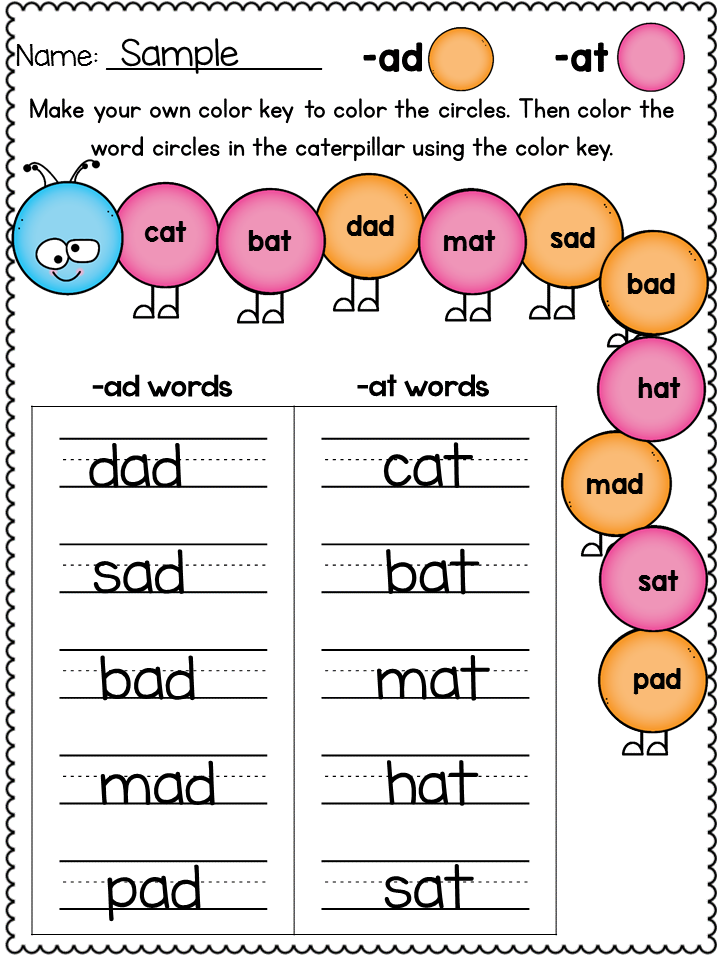
A standardised, objective reading test is one means of determining with some precision the extent to which a pupil has approached one or more of the goals of a school’s reading instruction programme. A reading test can help the test giver determine whether or not the subject’s reading skills are as well developed as others of her or his age. Reading tests are also useful to monitor progress over time.
Some reading tests facilitate monitoring by enabling teachers to convert the raw score on the test to a reading age. To the novice test giver, the concept of reading age seems simple, e.g. an eleven-year-old should have a reading age of eleven and, therefore if the raw score converts to a reading age of nine, he or she is two years behind in reading and therefore has a reading problem. Unfortunately, it is not quite that simple. While describing reading ability in terms of reading age is very common, it is the most ambiguous and misleading method of interpreting reading test performance.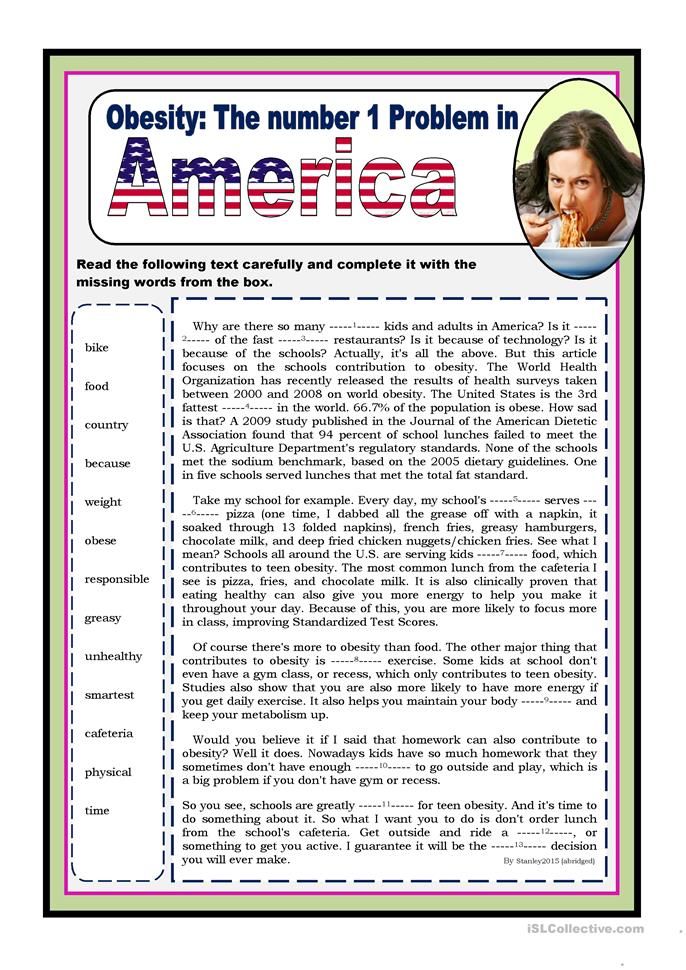 This is mainly due to the fact that there is a variety of ways used by test designers to derive reading age scales.
This is mainly due to the fact that there is a variety of ways used by test designers to derive reading age scales.
The main problem with reading age tends to be a lack of understanding, which leads to a tendency to invest reading ages with a meaning and authority which is out of all proportions to their statistical origins. Their reference to age seems to imply something about the development of reading, as if certain skills and abilities were associated with particular reading ages in a hierarchical progression. In reality, a seven-year-old with a reading age of 7.00 will be very different, as a reader, to an eleven-year-old with a reading age of 7.00. It is wrong to believe that the reading age scale is developmental. It is also wrong to speak of reading ages like we do chronological ages. Chronological age changes at a continuous rate. Reading age does not. A reading age is specific to a subject’s performance on a given date. It is misleading to describe that subject as having that reading age months later.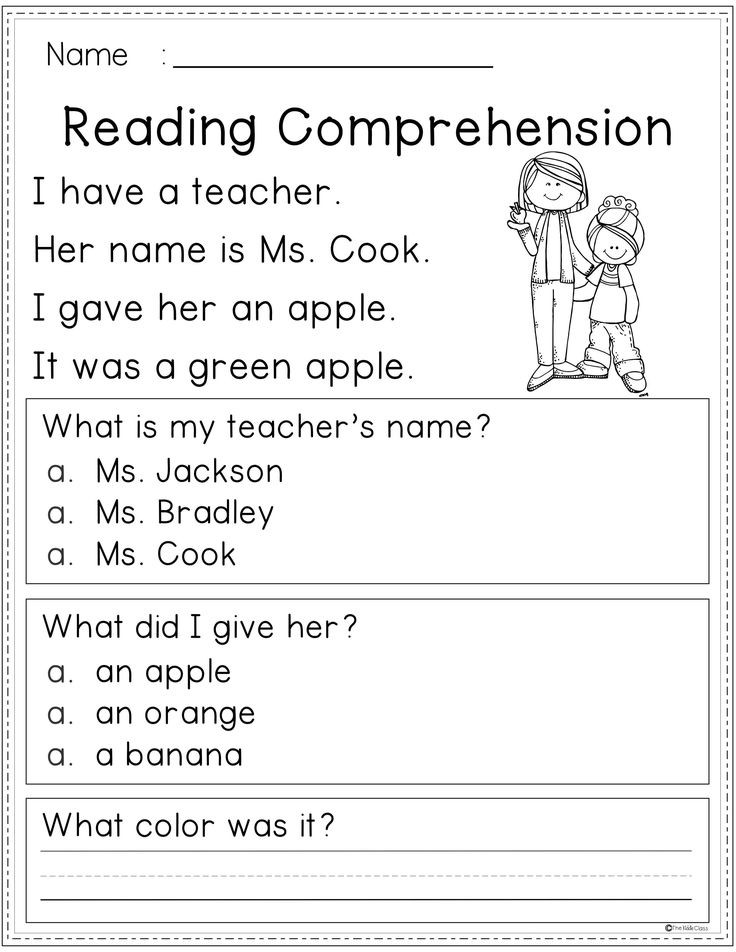
To provide reading ages or other derived scores, reading tests are ‘normed’, i.e. the test is administered to representative groups of children of different ages or different class levels (the ‘norm group’). The average score for each norm group is calculated and this becomes the score that is expected or normal for a child of a particular group. However, not all children in that norm group received that score. Their scores are plotted on a normal distribution curve. While many of the children receive scores near the average, some are above and some are below that average. The test giver must understand that, as with any other characteristic, there is a natural spread of scores in any group. It is normal then that some children will score close to the average, but it is also normal that some will score below the average and some will score below the average.
To make sense of test scores, we have to know not just the average score for each group, but how wide a range of scores is normal for a particular group.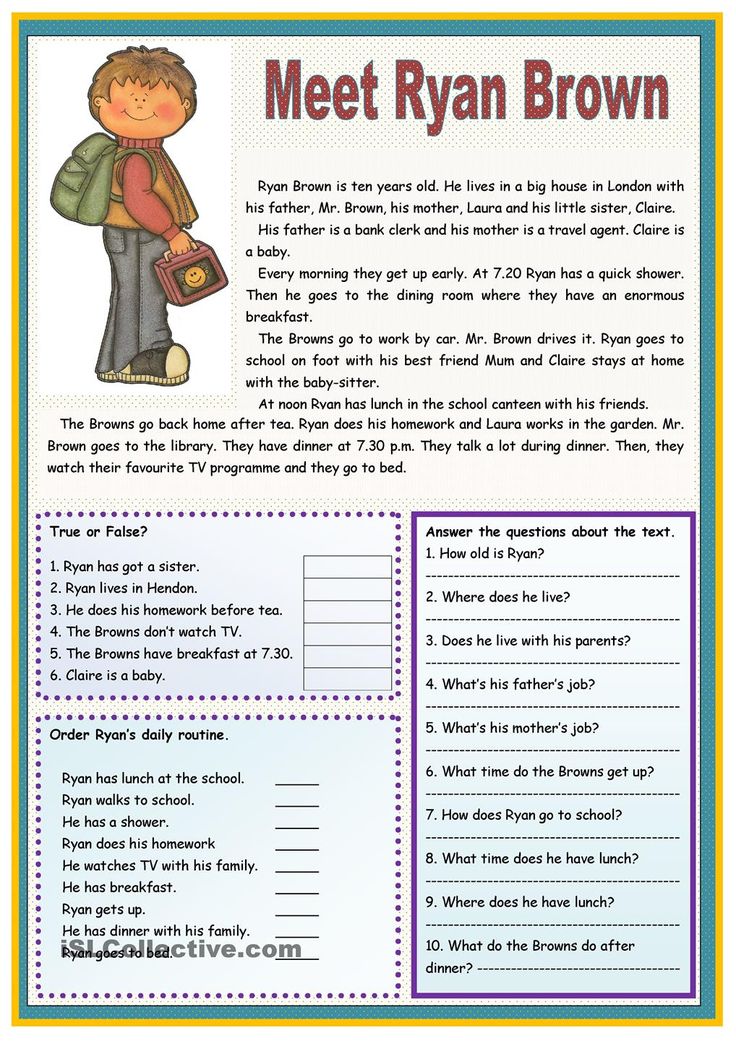 We can then decide if a pupil’s score is so far away from the average for his/her class or age that we need to be concerned about it. Fortunately most reading tests enable us to do this by providing tables which convert raw scores into ‘standardised scores’.
We can then decide if a pupil’s score is so far away from the average for his/her class or age that we need to be concerned about it. Fortunately most reading tests enable us to do this by providing tables which convert raw scores into ‘standardised scores’.
Standardised scores (SS) have some important and very useful properties. The average SS is always 100. They also include a measure of spread (known as the Standard Deviation [SD]) which enables us to tell what percentages of pupils obtain scores above or below 100. Most tests have a SD of 15 points so if we know the pupil’s SS and the SD of the test we can work out from the tables provided in the test manual what percentage of pupils of the same age would fall above or below the score obtained by the pupil. The table below indicates the distribution of scores of pupils of that age taking the test.
TABLE 1
| |
Between +1 SD and –SD (SS 115 – 85)
| 68% of all scores |
Between + 2SD and -2 SD (SS 130 – 70)
| 96% of all scores |
Between 0 and +1 SD (Between 0 and –1 SD)
| 34.
|
Between +1 and + 2SD (Between -1 and -2 SD) | 13.59% of all scores
|
Below – 2 SD (Above + 2 SD) | 2.27% of all scores
|
Working from the tables in the test manual, it is thus possible to translate a raw score (i.e. the number of test items answered correctly) into standard scores and the standard scores into percentiles (or centiles). By reading the appropriate table, we can find for any SS the equivalent percentile. For example, a pupil who receives a standard score of 85 would be at the 16th percentile, i.e. 16% of pupils of his/her age would score below this level; 84% would score above this level.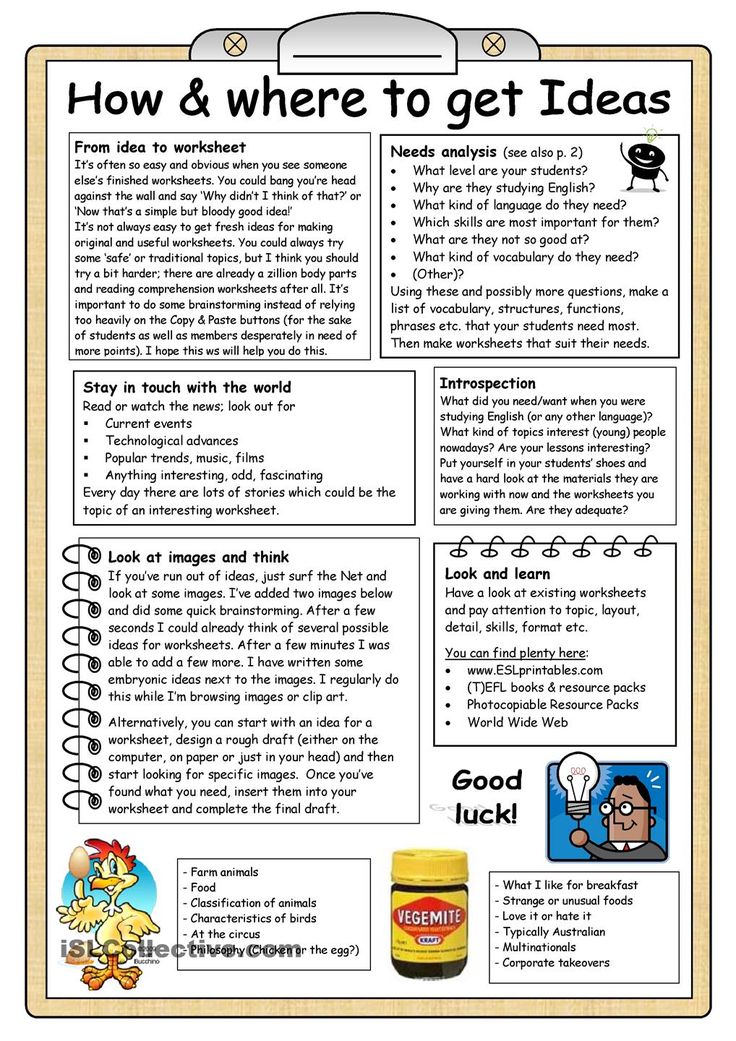 Similarly, a pupil who receives a standard score of 115 would be at the 84th percentile, i.e. 84% of pupils of this age would score below this level, 16% would score above this level.
Similarly, a pupil who receives a standard score of 115 would be at the 84th percentile, i.e. 84% of pupils of this age would score below this level, 16% would score above this level.
On a particular reading test, a nine-year-old boy might get a raw score of 48 which converts into a reading age of seven years and six months. However, according to the tables in the manual, his standardised score is at the 14th percentile. This means his performance on this test was as good as or better than 14% of children of his age. This puts his ability into perspective. While this boy may not be reading as well as the school would like him to, he would have to have a reading age of six years six months to be in the bottom 5%.
When understood, percentile scores are less liable to misinterpretation. The average range for percentile scores lies between 25 and 75. However, at the extremes minor differences between scores will be more statistically significant because of the smaller numbers of the population they relate to.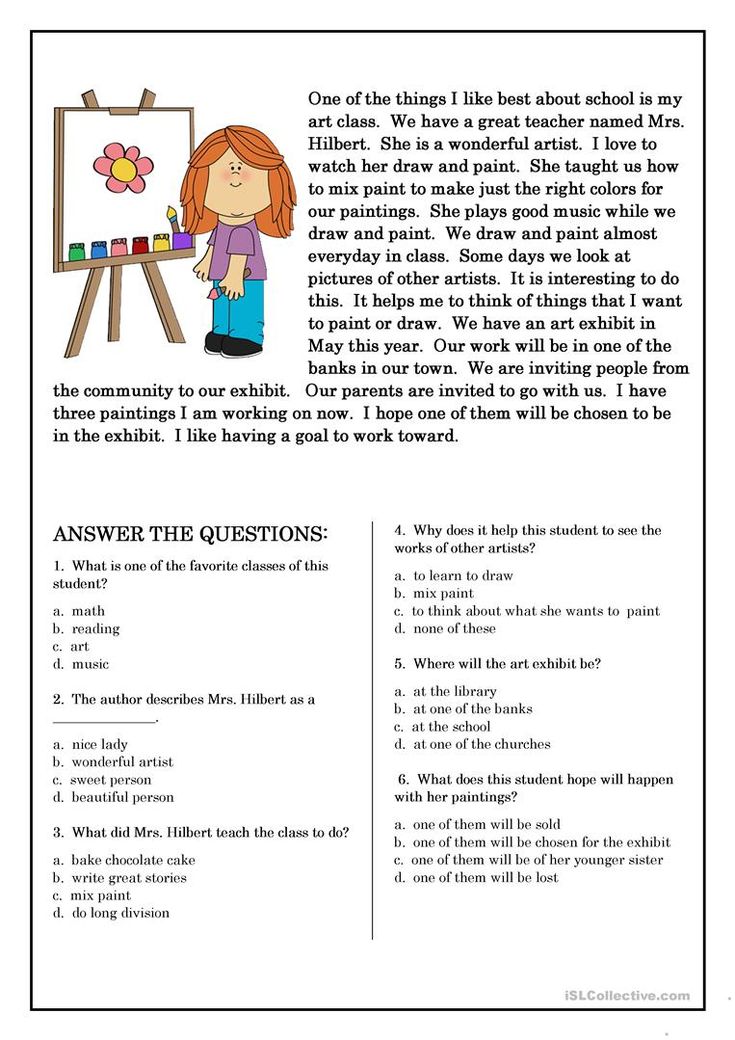 For example, while there is no significant difference between a score of 50 and a score of 55, i.e. they are both definitely within the average range. The same difference of 5 between, say, 2 and 7 is very significant. This is an important statistical point which must be remembered.
For example, while there is no significant difference between a score of 50 and a score of 55, i.e. they are both definitely within the average range. The same difference of 5 between, say, 2 and 7 is very significant. This is an important statistical point which must be remembered.
Understanding the problems associated with reading ages and using standardised scores and percentiles instead can help the test giver to better identify which children really have serious problems and improve the ability to monitor their progress over time.
It is important to appreciate that however carefully tests are constructed there will be an element of error in the results they produce. All reputable tests will quote details of measurement errors [often referred to as the “standard error of measurement” (SEM)]. This allows, for any score, a confidence band to be established which indicates the probability that the pupil’s true score lies within that band. For example, if a pupil obtains a standard score of 88, and the standard error for the test is 5, we add and subtract one SEM giving a range of 83 – 93.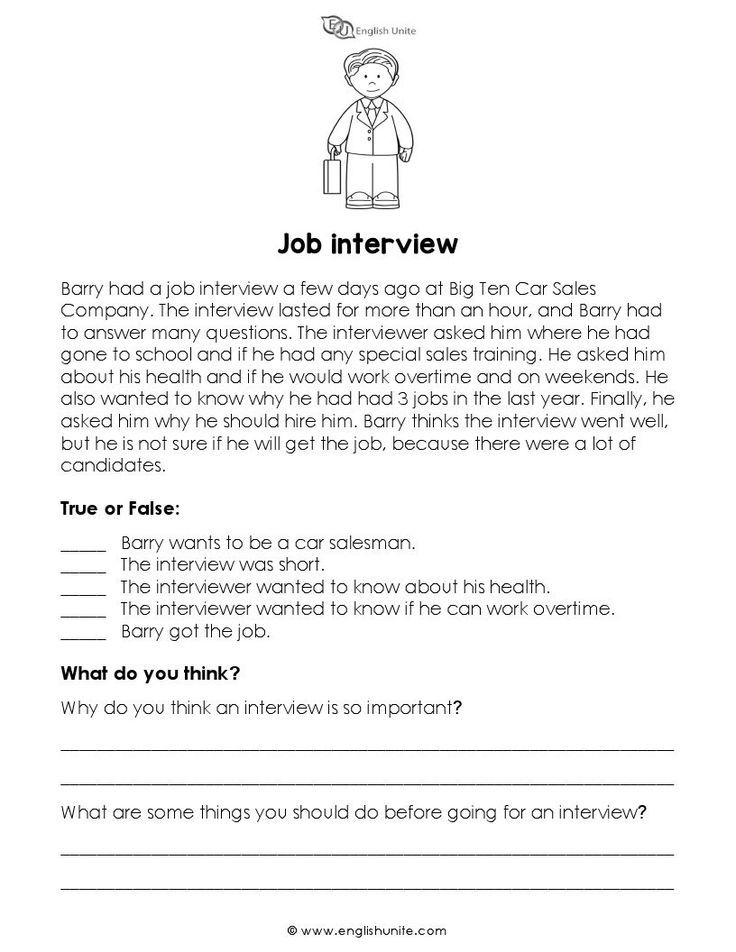 There is a 68% chance that the pupil’s “true score” will lie within this range. If we add and subtract 10, i.e. 2 SEM, there is a 95% chance that the pupil’s true score lies within the range 78 – 98. For this reason it is good practice to report the obtained standard score (88) and follow this with the 95% confidence range, i.e. 78 – 98 in our example.
There is a 68% chance that the pupil’s “true score” will lie within this range. If we add and subtract 10, i.e. 2 SEM, there is a 95% chance that the pupil’s true score lies within the range 78 – 98. For this reason it is good practice to report the obtained standard score (88) and follow this with the 95% confidence range, i.e. 78 – 98 in our example.
Reading Test Scales:
Note: the raw score is the actual number of test items the subject answered correctly before conversion to one of these scales.
1. Reading Ages (RA)
2. Standardised Scores
e.g.
SS | Proportion estimated to perform below SS |
130 | 98.1 |
125 | 95. |
120 | 90.9 |
115 | 84.1 |
100 | 50.0 |
85 | 15.8 |
80 | 9.1 |
75 | 4.8 |
70 | 2.3 |
3. Percentiles
e.g. percentile percentage of pupils
performing above the score
5th | 95% |
|
|
|
25th | 75% | } |
|
|
50th | 50% | Average range | ||
75th | 25% |
|
| |
95th | 5% |
|
|
|
4. Stanines: based on a scale of 9; average = 5 (the word stanine is derived from the words ‘standard’ and ‘nine’)
Stanines: based on a scale of 9; average = 5 (the word stanine is derived from the words ‘standard’ and ‘nine’)
How to determine the age of very old objects using radioactive clocks - T&P
Immediately after death, the process of decay of unstable isotopes begins. A radioactive clock allows you to determine how many years ago an object died if it was once alive, or how old an object is if death does not concern it.
The longer scientists try to find out the age of the Earth, the older it gets. In the 17th century, John Lightfoot suggested, in his interpretation of the Bible, that the earth was created in 4004 BC. At 189In 5, the Irish scientist John Perry suggested that she was several billion years old.
In 1905, Ernest Rutherford invents the method of radioactive dating, and science is able to determine the time of events in the most distant past. The method of radioactive dating is a whole group of different methods, which are based on the analysis of the decay of unstable isotopes.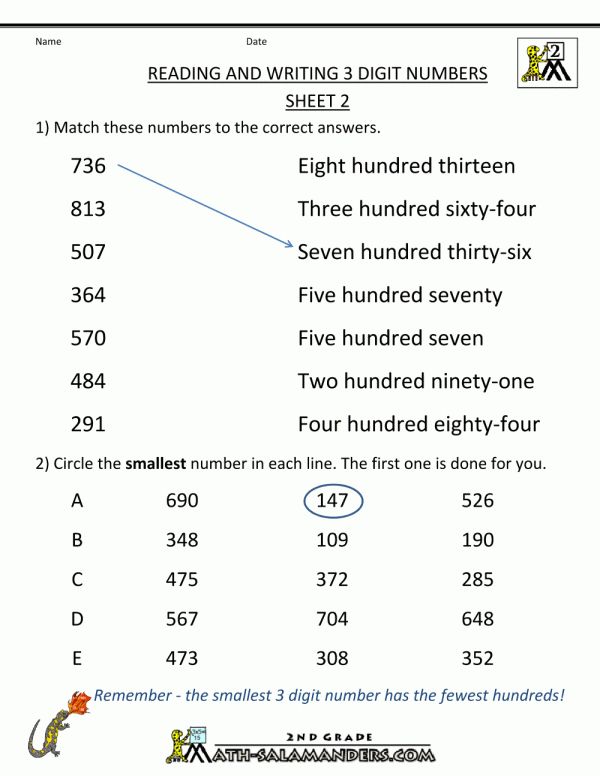
Atoms of the same element can exist in different "versions" - isotopes. So, in addition to the usual stable carbon-12 (12 means that it has 6 protons and 6 neutrons), there is carbon-14, which is very important for radioactive dating (6 protons, 8 neutrons). nine0003
Unstable isotopes are called so because over time they spontaneously undergo radioactive decay and turn into other isotopes, sometimes of a different substance. Although it is not possible to predict when each particular atom will decay, it is possible to calculate with great accuracy for each isotope when half of the initial number of atoms will decay. This value is called the half-life, which in English sounds like half-life. Fans of Dr. Gordon Freeman and the headcrabs from the sci-fi shooter Half-Life know this. For different isotopes, this time ranges from fractions of a second to billions of years. nine0003
By radiocarbon analysis, three laboratories in different countries measured the age of the flax from which the Shroud of Turin was woven.In Oxford they got the figure of 1200 years, in Arizona - 1304 years, in Zurich - 1274 years. If the sample was not contaminated, we can safely say that this thing is not at all from biblical times. And in historical sources, it appears only in the middle of the XIII century.
Suppose we are trying to determine the age of an igneous rock using the potassium-argon method. We are interested in how much potassium-40 (K-40) and how much argon-40 (Ar-40) is in the sample. When the rock first formed from solidified lava, it contains only K-40 and no Ar-40 at all, but over time, K-40 will decay and turn into Ar-40. The half-life of K-40 is 1.26 billion years, so the ratio of K-40 and Ar-40 1:1 means that one half-life has passed and our stone is 1.26 billion years old. If K-40 in the rock contains 12.5%, and Ar-40 - 87.5%, then three half-lives have passed, almost all potassium has decomposed into argon and the sample is 3.78 billion years old. nine0003
The most important thing here is that we know the original proportion: 100% K-40 and 0% Ar-40. And such a proportion exists only in igneous rocks, since they solidify at about the same time. If we try to measure the age of the sand in this way, nothing will come of it: each grain of sand will show different proportions, since they hardened at different times.
And such a proportion exists only in igneous rocks, since they solidify at about the same time. If we try to measure the age of the sand in this way, nothing will come of it: each grain of sand will show different proportions, since they hardened at different times.
The potassium-argon method is widely used in geology - it has a very convenient half-life for this, just geological scales. But the bones and other living remains are checked just for the carbon isotope C-14. nine0003
Both carbon isotopes live in a living organism: C-12 and C-14. Their ratio is a constant value until the organism dies. After death, carbon-14, previously supplied with food, ceases to be supplied and begins to slowly decay. Its half-life is 5730 years, so it is convenient to use this method to measure time up to 50,000 years ago, its error is about 1%, so that we can find the bones of a Neanderthal on a walk and determine the date of death to within a century.
Lesha Ivanovsky
Tags
#Time
#Just about the complex
#isotop
#Rutherford
#Radiogler.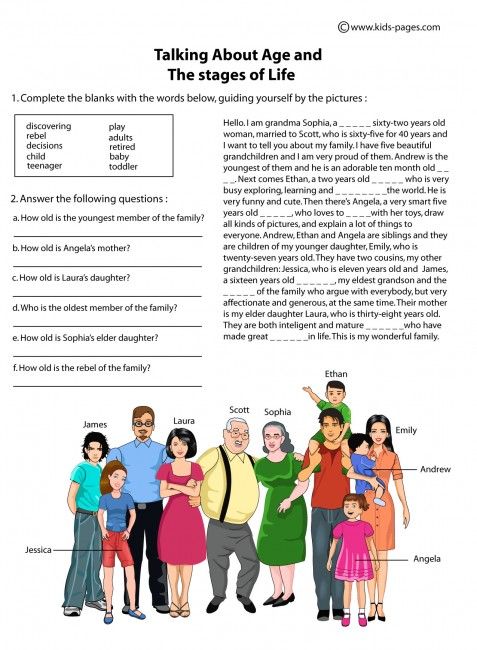
#Science
14 021
Verification of the speed of read. Online simulator for developing reading speed and awareness skills in 2021!
Reading speed is an important indicator not only for schoolchildren, who regularly check it. It is very important for an adult in the modern world to be able to navigate in huge flows of information. A reading speed test will help you determine your current level and see if you need to work on improving this skill or if you are reading fluently enough. nine0003
Contents
1. How to check reading speed?
2. How can I check my reading speed myself?
3. How to test a child's reading speed?
4. What reading speed is considered normal for adults and children?
5. How to choose the right text to test reading speed?
6. The book "Everything you wanted to know about speed reading, but were afraid to ask"
How to check reading speed?
The easiest way is to take a stopwatch (you can use the application on your phone), a text to check your reading speed and read it at a normal pace for one minute.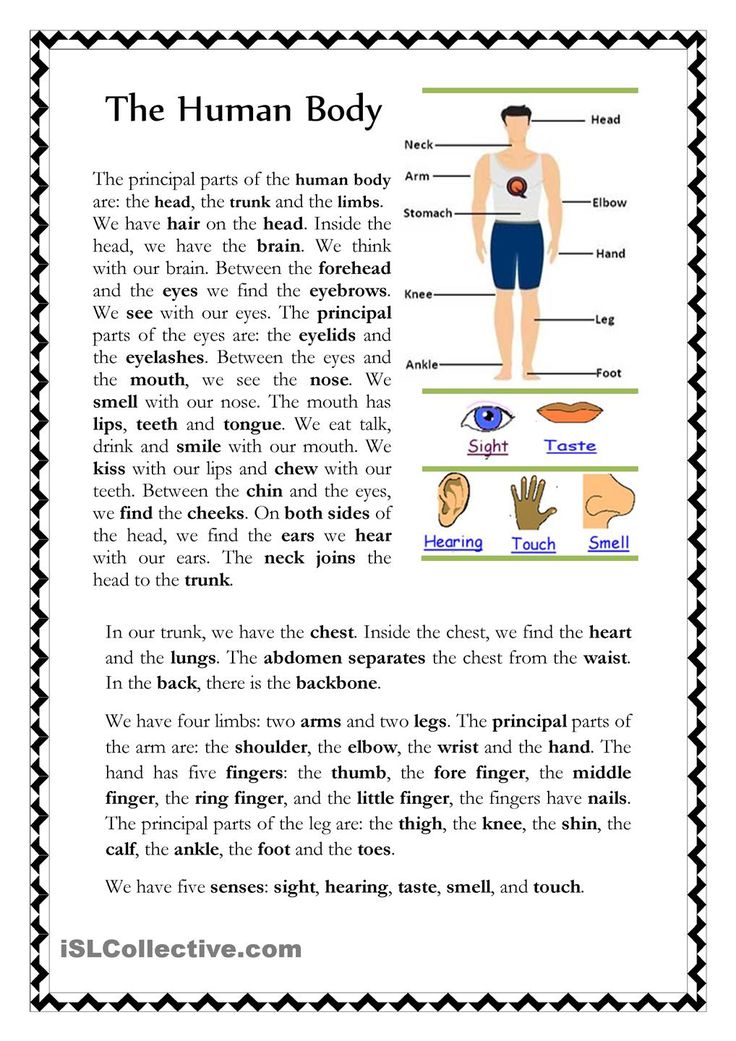 It is important that the text is non-technical, does not contain highly specialized terms and concepts, and is not familiar to the reader. The text should not be too primitive. The testee must see the text for the first time so that the results are not artificially inflated.
It is important that the text is non-technical, does not contain highly specialized terms and concepts, and is not familiar to the reader. The text should not be too primitive. The testee must see the text for the first time so that the results are not artificially inflated.
But what do you care about speed, if you don't understand with what awareness you absorb the text? :) nine0003
A much better way to find out your reading speed is to take a free online test. To do this, sit back, enter your name in the form above, press the button and you will immediately see the text that you need to read, slowly, trying to understand everything that is written.
When the entire text is read - click on the button at the very bottom. The program will automatically determine the reading speed and prompt you to answer a few questions to understand the degree of assimilation of the material. As a result of testing, you will receive not only the result of your reading speed and awareness, but also recommendations for improving your reading technique in the format of the book "Everything you wanted to know about speed reading, but were afraid to ask. " Enter a name. Click the button and find out your real reading speed. Have a good day. nine0003
" Enter a name. Click the button and find out your real reading speed. Have a good day. nine0003
How can I test my reading speed myself?
We have prepared for you a tool with which you can independently check the speed of reading. Our tool include a certain amount of text that you need to read as quickly as possible. You will then have the opportunity to answer a series of questions about the text, allowing the program to determine your level of understanding. Based on the data received, a result and a certificate are issued. This certificate can be shared with your friends on social networks and challenge them to a battle to test the speed and awareness of reading :). nine0003
If you want to do it yourself, you can do it according to the following scenario. A text of medium complexity is taken, located on one sheet. You will need an assistant who will keep track of the time and will be able to test the level of your understanding of the information. Check algorithm:
Simultaneously with the start command and the start of the stopwatch, you begin to silently read the text.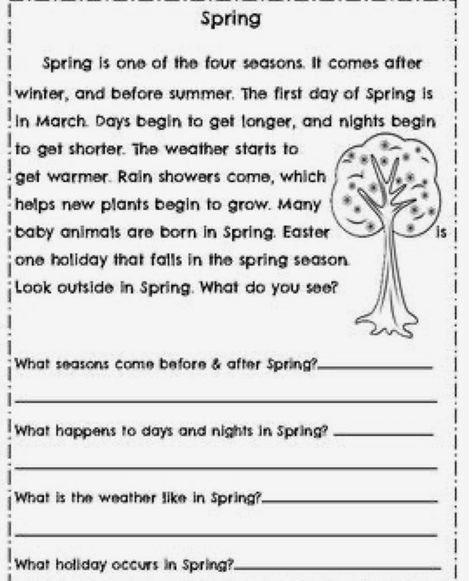
When the text is finished, you say stop - time stops.
Then you need to answer a few questions regarding the content (reading speed implies a full reading comprehension). nine0003
The last step is to count the words in the text and determine the average number of words per minute (words in the text can be counted before reading).
This is the certificate you can get based on the results of passing the test
How to check the reading speed of a child?
A child's reading speed can be tested in a similar way. The child should read aloud, at least in elementary school. Then you can switch to the usual way of checking for adults. nine0003
Schools often test reading skills by counting the number of words read per minute. This gives a small error, since words come in different sizes, but a similar verification method can also be used.
What reading speed is considered normal for adults and children?
The average reading speed for an adult is 200-230 words per minute. Below average, but an acceptable rate is 150-200 words per minute. Adults who read more than 230 words per minute are considered fast readers. For the speed reading technique, the optimal speed is 350-400 words per minute. nine0003
Below average, but an acceptable rate is 150-200 words per minute. Adults who read more than 230 words per minute are considered fast readers. For the speed reading technique, the optimal speed is 350-400 words per minute. nine0003
In children, the indicators are dynamic and change depending on age. Approximate norms used in elementary school:
20-30 words per minute for first grade;
45-60 words per minute for second grade;
70-85 words per minute for third grade;
90-125 wpm for fourth grade.
How to choose the right text to test reading speed?
The criteria for selecting text to test reading speed are identical for adults and children. The only difference is the volume and complexity of the information. The text must match the following parameters: nine0003
medium difficulty appropriate for age;
the absence of specific unfamiliar words or their minimum number;
no dialogs;
location on one page;
large, comfortable to read font;
lack of pictures and other distracting elements.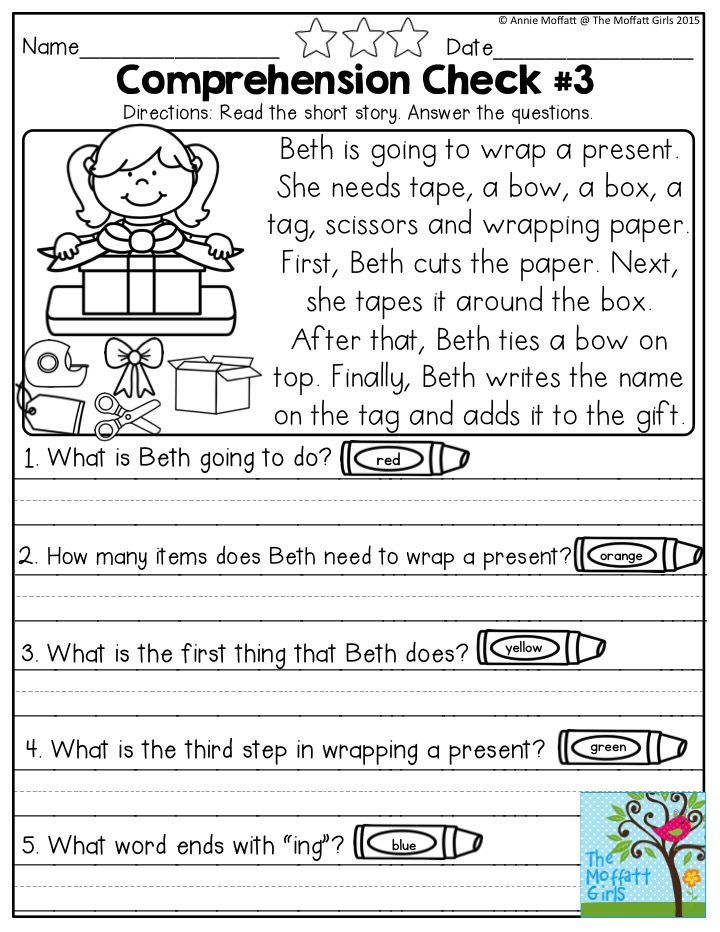
In our tool for testing reading speed and comprehension, we tried to take into account all these factors so that the resulting tool would be convenient for both adults and children. At the same time, he gave a fairly clear answer to the question about the real reading speed. nine0003
It should be remembered that reading speed is a variable parameter, which decreases if a person rarely sits down at a book, and increases with constant reading. There are many special techniques aimed at significantly increasing the speed of reading text information.
Everything you wanted to know about speed reading but were afraid to ask test. So don't waste a second,
go back to the very beginning of the page and go take the test!Reading speed test online is simple, convenient and fast
We have already written so much here about how to correctly measure your reading speed, achieve awareness and interpret the results, that every second of delay before you pass the online reading speed test and receive a personal certificate is just like death.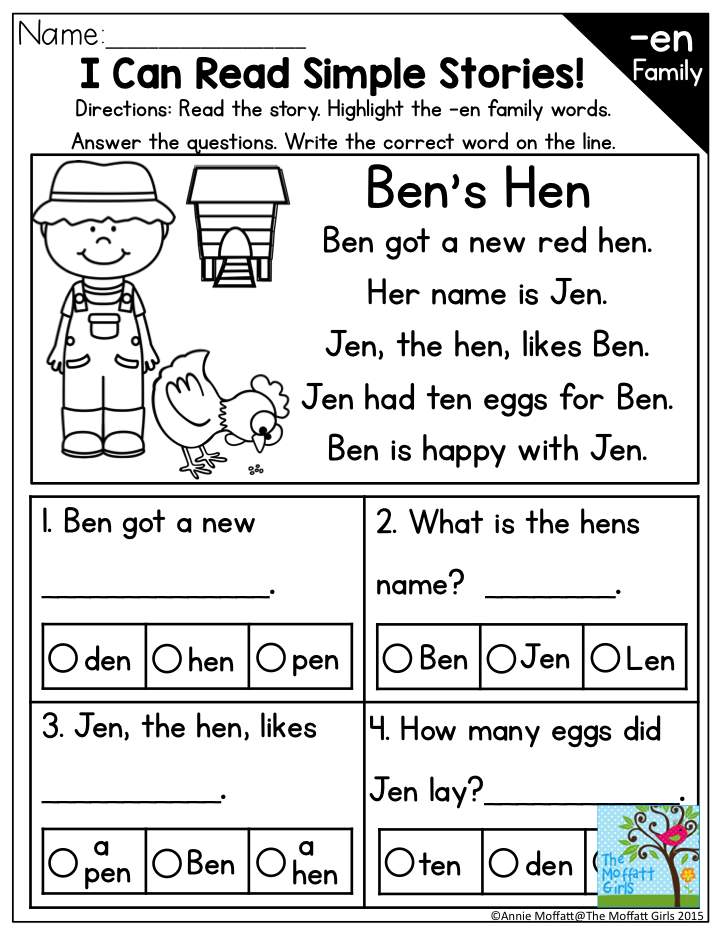 Return to the very beginning of the page, enter your name in the field under the video and go to the enchanting world of unfamiliar texts and tricky questions :). nine0003
Return to the very beginning of the page, enter your name in the field under the video and go to the enchanting world of unfamiliar texts and tricky questions :). nine0003
📖 Reading speed Q&A section
📕 What formula is used to calculate reading speed?
If it’s very short, then the formula for calculating the reading speed is as follows: V = (Q / T) x K. This formula allows you to get a real reading speed figure with a correlation to the meaningfulness coefficient. You can read more about the formula in this article .
📗 What books do you recommend reading to develop speed reading? nine0054
We have compiled a list of the most useful books for the development of speed reading and posted it as a separate post on the blog. The list is constantly updated and gives an idea of the main books with which you can develop speed reading skills.
📘 What if I want to increase my reading speed?
You can start by studying the theory, or you can download our workbooks , which we have come up with especially for those who who wants to start learning speed reading. There are two of them: one notebook for adults, the second for children. Contains some theory and practical exercises designed for several weeks of regular classes. nine0003
📙 How to check the reading speed of a child?
The reading speed test, which is located on our website, is suitable for both adults, as well as for children. We specifically tried to choose mostly literary texts that will be easy to read. to understand the child. Just go to the reading speed test page from the link above, enter child's name and start reading. Then the program will do everything for you.
📔 I want to check my reading speed online for free.
Learn more

 13% of all scores
13% of all scores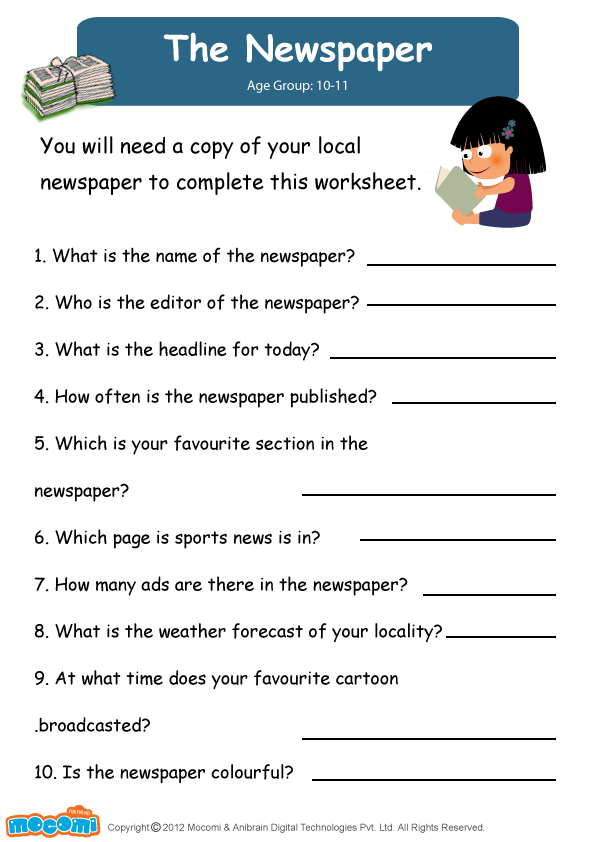 2
2
